Decoding Goroawase: Revealing the Hidden Significance in Japanese Language
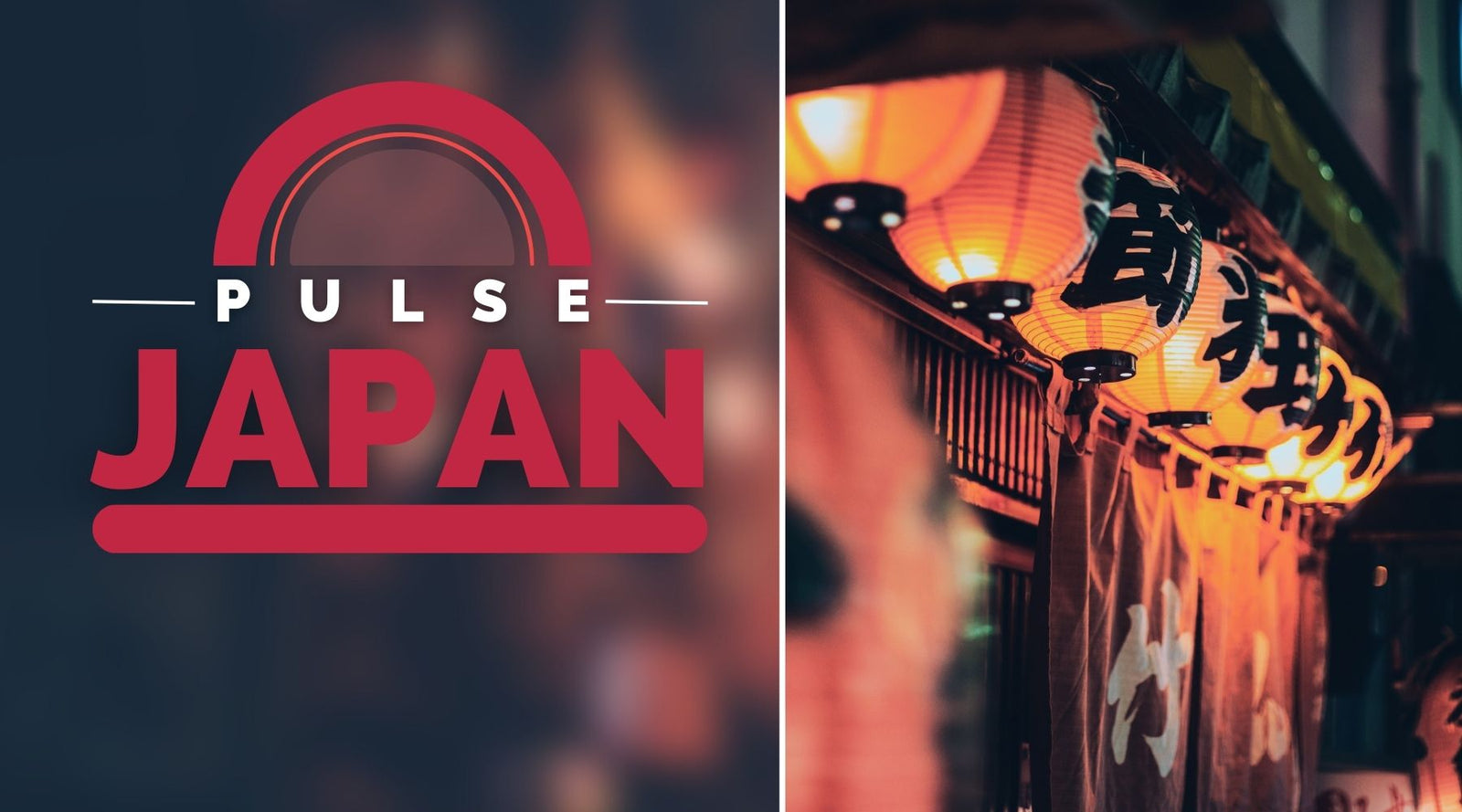
Let's dive into the intriguing world of goroawase, a unique aspect of the Japanese language that showcases the creativity and playfulness inherent in its structure. Goroawase is a form of Japanese wordplay where numbers are associated with words based on their sounds. It could be described as a linguistic game that intertwines numeracy and language, resulting in interesting phrases and expressions. This fun concept takes advantage of the multiple ways numbers can be read in Japanese, opening up limitless possibilities for creating memorable and humorous phrases.
Goroawase isn't a niche or obscure practice either; it permeates everyday life in Japan. You may find it in various contexts, ranging from memorable phone numbers to mnemonics for historical dates. For instance, it's common in Japan for businesses to select phone numbers that, when pronounced, sound similar to the company's name or a related phrase. This clever usage of goroawase not only makes the numbers easier to remember but also adds a fun twist to an otherwise mundane detail. Similarly, students often use goroawase to memorize important dates or formulas, turning rote learning into an engaging activity.
Beyond practical uses, goroawase is also frequently used in casual conversation and social interactions. A well-timed goroawase can serve as an icebreaker, a punchline, or even a subtle way to express feelings without resorting to direct words. It adds a layer of subtlety and indirectness, traits highly valued in Japanese communication. Therefore, understanding goroawase is more than just a linguistic exercise; it's a window to understanding the nuances of Japanese culture and communication.
In this blog, we will explore the mechanics behind goroawase, its cultural significance, its contemporary uses, and how you can understand and create your goroawase expressions. So, buckle up and prepare to dive deep into the captivating world of Japanese wordplay!
The Mechanism Behind Goroawase
At its core, goroawase is a fascinating form of linguistic gymnastics that hinges on the phonetic versatility of Japanese numbers. This system draws upon the fact that each numerical figure can be pronounced in multiple ways, which creates a fertile ground for verbal ingenuity and wordplay.
How Goroawase Works: The Interplay of Numbers and Sounds
Goroawase essentially functions as a phonetic code. It capitalizes on the fact that in the Japanese language, most digits have more than one possible pronunciation. For instance, the number "1" can be pronounced as "ichi," but also as "i" or "hi," while the number "7" could be "nana," "shichi," or even "na." This multiplicity of pronunciations allows numbers to be manipulated into words or phrases.
Creating goroawase typically involves swapping out numbers for their sound-alike words, either for memorization, humor, or to convey hidden messages. The sequence of digits in a phone number, date, or even a price tag can be transformed into a meaningful phrase or an amusing pun. In this way, goroawase provides an inventive twist on everyday numeracy, turning mundane numbers into a source of entertainment and creativity.
Examples of Goroawase in Action
To fully grasp how goroawase works, let's delve into a few examples. Consider the number 7539. In goroawase, this could be read as "na-go-mi-ku," which sounds akin to "Nagomiku", a common female name in Japan. Another example is 4649 (yo-ro-shi-ku), which sounds like "yoroshiku," a phrase used to express goodwill or request a favor.

Similarly, the number 39 can be read as "san-kyu," sounding similar to the English phrase "Thank You," making it popular in texting and online communication. Another fun example is 724106, pronounced as "na-shi-ro-i-chi-ro," which sounds like "nashi roi ichiro," meaning "pear-colored Ichiro". This could be used humorously to describe a person named Ichiro with a pear-like complexion.
These examples illustrate the playful nature of goroawase, a form of linguistic artistry that adds color and wit to the everyday use of numbers in Japan. By exploiting the various ways that numbers can be pronounced, goroawase breathes life into ordinary digits, transforming them into fun and significant expressions.
The Significance of Goroawase in Japanese Culture
Delving into the heart of Japanese culture, it becomes evident that goroawase plays a pivotal role not just as a language game but as an integral part of social interactions and communication. It is more than just a linguistic curiosity; it's a rich, cultural tapestry woven into the fabric of everyday life.
Goroawase's cultural importance is particularly highlighted in how it facilitates communication. Just like metaphors or idioms in English, the use of goroawase can add layers of meaning to a conversation. This playful manipulation of language allows people to express thoughts and ideas creatively, while also adding an element of fun to the dialogue. It's not uncommon for people to use goroawase to remember important numbers such as phone numbers, dates, or even mathematical formulas. By transforming these numbers into memorable phrases, goroawase aids in mental retention and recall, making it an effective mnemonic device.
Goroawase and the Love for Wordplay
Moving on to another intriguing aspect, goroawase can be seen as a reflection of the Japanese love for wordplay and puns. Japan has a long-standing tradition of appreciating clever uses of language, dating back to classical literature and poetry. This fondness for linguistic creativity is evident in various aspects of Japanese culture, from literature and media to advertisements and pop culture references.
Goroawase is one way this fondness is expressed. The ability to create meaningful phrases out of seemingly random numbers requires both creativity and a deep understanding of the language. This makes goroawase not just a form of entertainment, but also a demonstration of linguistic prowess. Whether it's used in casual conversation, as a punchline in a TV show, or as a clever slogan in an advertisement, goroawase adds a unique flavor to Japanese communication.
In essence, goroawase is a testament to the multifaceted nature of the Japanese language. Its usage goes beyond mere linguistic playfulness, offering insights into the creative and complex ways in which Japanese people communicate and interact. As we continue our exploration of goroawase in the next section, we'll delve into its prevalence in modern-day Japan, particularly in the realm of digital communication.
Goroawase in Modern Day Japan
As we move forward into the digital age, goroawase continues to be a vibrant part of Japanese communication. Particularly noteworthy is its prevalent use in texting and online communication. The younger generation finds creative, innovative ways to incorporate these numerical puns into their daily language, adding an extra layer of complexity and fun to their conversations.
The Goroawase Trend in Texting and Online Communication
With the advent of social media platforms and instant messaging apps, the way we communicate has evolved significantly. In Japan, this shift in communication patterns has seen the traditional goroawase take on a new life. Text messages, tweets, and online chats provide ample opportunities for the younger generation to play with numbers and sounds, creating unique expressions that are often humorous, cryptic, or both.

For example, many internet users in Japan use the number '39' to express gratitude. If you're wondering why, here's the secret: '39' can be read as 'san kyuu,' which sounds very similar to the English phrase 'thank you.' Such clever manipulation of language exemplifies the spirit of goroawase and demonstrates how it has adapted to the digital landscape.
Popular Goroawase Expressions Among the Younger Generation
Numerous popular goroawase expressions have gained traction among the youth in Japan. Let's delve into a few examples.
-
4649 (Yoroshiku): This number sequence is widely used in texting and social media, representing the phrase 'yoroshiku,' which means 'nice to meet you' or 'please treat me kindly.'
-
2359 (Nikoniko): Read as 'ni san go ku,' this expression stands for 'nikoniko,' a term that represents smiling or being happy.
-
889 (Hayaku): This number is used when urging someone to hurry up. It's read as 'ha ya ku,' which sounds like 'hayaku,' meaning 'quickly' or 'hurry up.'
These are just a few instances of how goroawase is used in modern-day Japan. Each of these expressions underscores the creativity and cleverness involved in crafting goroawase. They also highlight the fluidity of the Japanese language, where numbers, sounds, and words seamlessly intermingle to create nuanced meaning.
Whether you're a language enthusiast or someone interested in Japanese culture, understanding the use of goroawase in contemporary Japan offers a fascinating insight into the country's linguistic landscape. It's a testament to the enduring appeal of this unique form of wordplay, which remains relevant even in the era of emojis and hashtags.
How to Understand and Use Goroawase
As we delve into the fascinating world of goroawase, it's time to look at how you can grasp and utilize this unique form of wordplay. Understanding and using goroawase effectively involves learning the different readings of numbers in Japanese and then associating these readings with words or phrases. This requires a certain level of familiarity with the Japanese language, specifically its sounds and syllables. However, don't worry if you're just starting, as even basic knowledge can help you appreciate and use simple goroawase expressions.
Tips and Techniques for Grasping Goroawase
Firstly, familiarize yourself with Japanese numbers and their alternative readings. For example, the number '4' can be read as 'shi' or 'yon', and '7' can be pronounced as 'shichi' or 'nana'. These different readings are key to forming goroawase expressions. For instance, the date April 7 (4/7) can be read as 'shi-nana', which sounds similar to 'shinai', meaning 'do not die'. This has led to the day being seen as a day of bad luck in Japan.
Secondly, practice turning numbers into words and sentences. This is where your creativity comes into play. For instance, '4649' (yon-roku-shi-kyu) could be interpreted as 'yoroshiku', a common phrase used in social interactions that roughly translates to 'please treat me favorably'. Remember, context is crucial in goroawase, so consider the situation in which the number-based wordplay is being used.

Practice Exercises for Creating Goroawase Expressions
Now that you have some foundation, let's try creating our goroawase expressions. To get started, pick a number, say '39'. In Japanese, '3' can be read as 'san' and '9' as 'kyu'. Combine these, and you get 'sankyu', which sounds like the English phrase 'Thank you'. Voila! You've just created a goroawase expression!
Try another one. How about '724106'? This one is a bit tricky, but if you break it down into '7' ('na'), '2' ('ni'), '4' ('shi'), '10' ('to'), and '6' ('ro'), you get 'nanishitoro'. This doesn't make sense in itself, but when spoken fast, it sounds like 'Nani shiteru no?' which means 'What are you doing?' in English.
These exercises are fun ways to learn and remember Japanese phrases while also getting a taste of the playful nature inherent in the language. As you continue practicing, you'll find that goroawase adds an extra layer of depth and enjoyment to your study of Japanese. So, why not give it a try and start creating your goroawase expressions?
Conclusion: The Hidden Beauty of Goroawase
As we have journeyed through the intriguing world of goroawase, we've uncovered some fascinating aspects of this unique aspect of the Japanese language. We began by understanding what goroawase is, a form of wordplay reliant on the phonetic versatility of the Japanese number system. From there, we delved into how it operates, revealing an intricate relationship between numbers and sounds that allows for multiple interpretations of the same digits. This versatility is the cornerstone of goroawase, making it a captivating linguistic phenomenon.
We also explored the cultural significance of goroawase, highlighting its role in social interactions and communication. It's not just a playful diversion; it's a reflection of the inherent love for puns and wordplay that permeates Japanese culture. From mnemonic devices in education to subtext in advertisements, goroawase weaves a rich tapestry of linguistic creativity that adds depth and nuance to everyday conversations.
In modern Japan, goroawase continues to evolve, especially within digital communication. Embraced by the younger generation, it breathes fresh life into online chats and texts, proving that this age-old practice is far from outdated. With popular expressions becoming part of the daily vernacular, goroawase remains a vibrant element of contemporary Japanese language use.
But what does all this mean for you, our dear reader? The beauty of goroawase lies not only in understanding it but also in using it. This playfulness with language offers a unique way to engage with the Japanese language, adding a layer of fun and intrigue to your linguistic journey. By practicing and incorporating goroawase into your conversations, you can experience this unique aspect of Japanese culture firsthand.
So, we encourage you to embrace the hidden beauty of goroawase. Try your hand at creating your expressions or decoding the ones you encounter. Remember, the key to mastery is practice. As you immerse yourself more in goroawase, you'll find yourself not only becoming proficient in this linguistic art form but also gaining a deeper appreciation for the richness and diversity of the Japanese language.
If you've made it this far into our exploration of goroawase, congratulations! You've journeyed through the intriguing twists and turns of this delightful linguistic phenomenon in Japanese culture. But don't let your adventure end here. If you find the world of goroawase as fascinating as we do, there's a good chance your friends and colleagues who share an interest in the Japanese language and culture will too.
We strongly encourage you to share this blog post with them. Spark a conversation about the hidden beauty of goroawase, the clever number wordplay that forms an integral part of social interactions in Japan. Who knows? Your shared enthusiasm could lead to the most interesting discussions and deepen your collective appreciation for the intricacies of Japanese culture.
But wait, there's more! We want to hear from you. How have you experienced goroawase in your interactions with the Japanese language? Have you stumbled upon any unique or humorous expressions? Maybe you've even started creating your goroawase phrases. Whatever your experience may be, we invite you to leave your comments below and share your stories with us and our readers.
Remember, every interaction, every shared story, and every exchanged idea adds vibrancy to our global community of language enthusiasts. So go ahead, spread the word about goroawase, share your experiences, and together, let's continue to unravel the fascinating intricacies of the Japanese language.










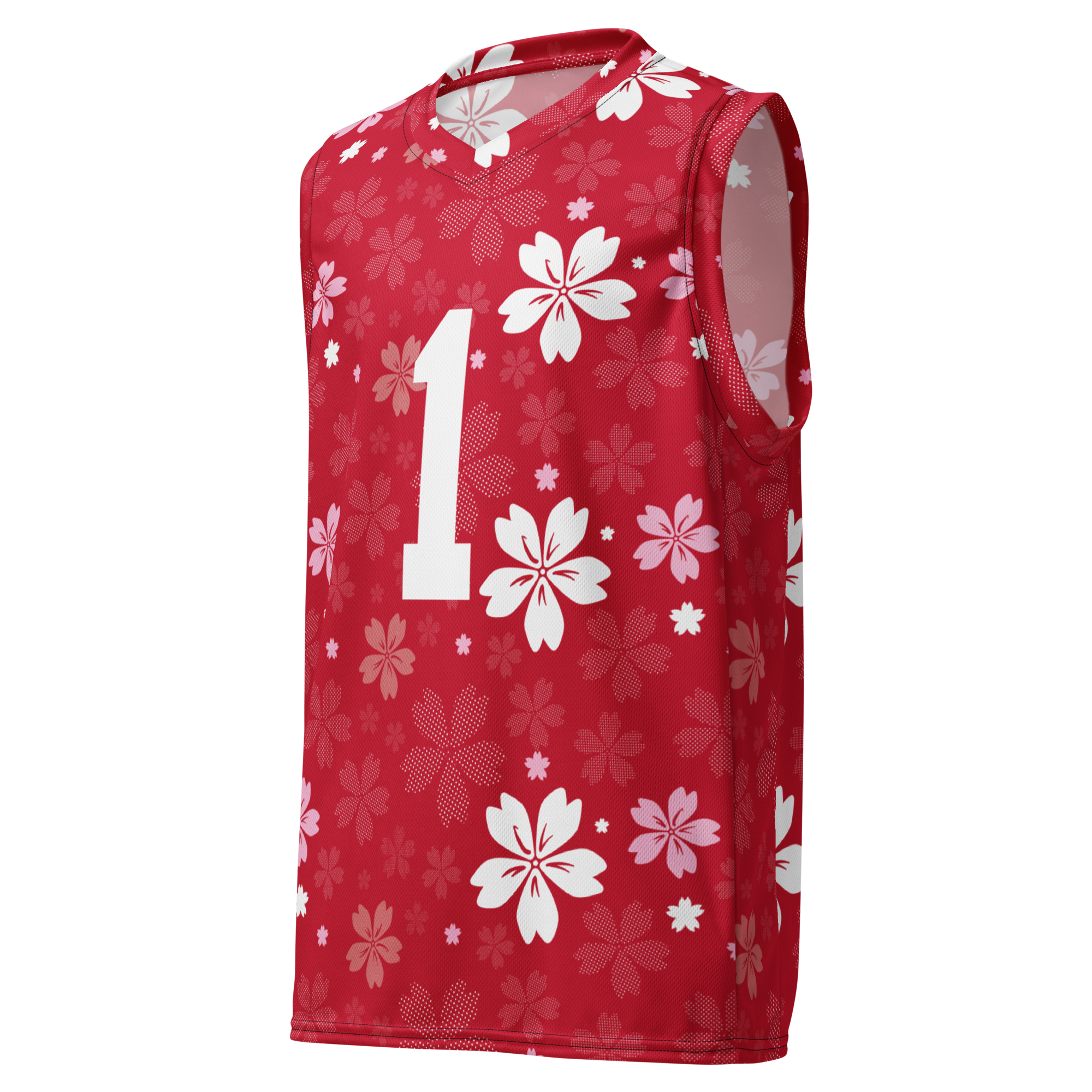
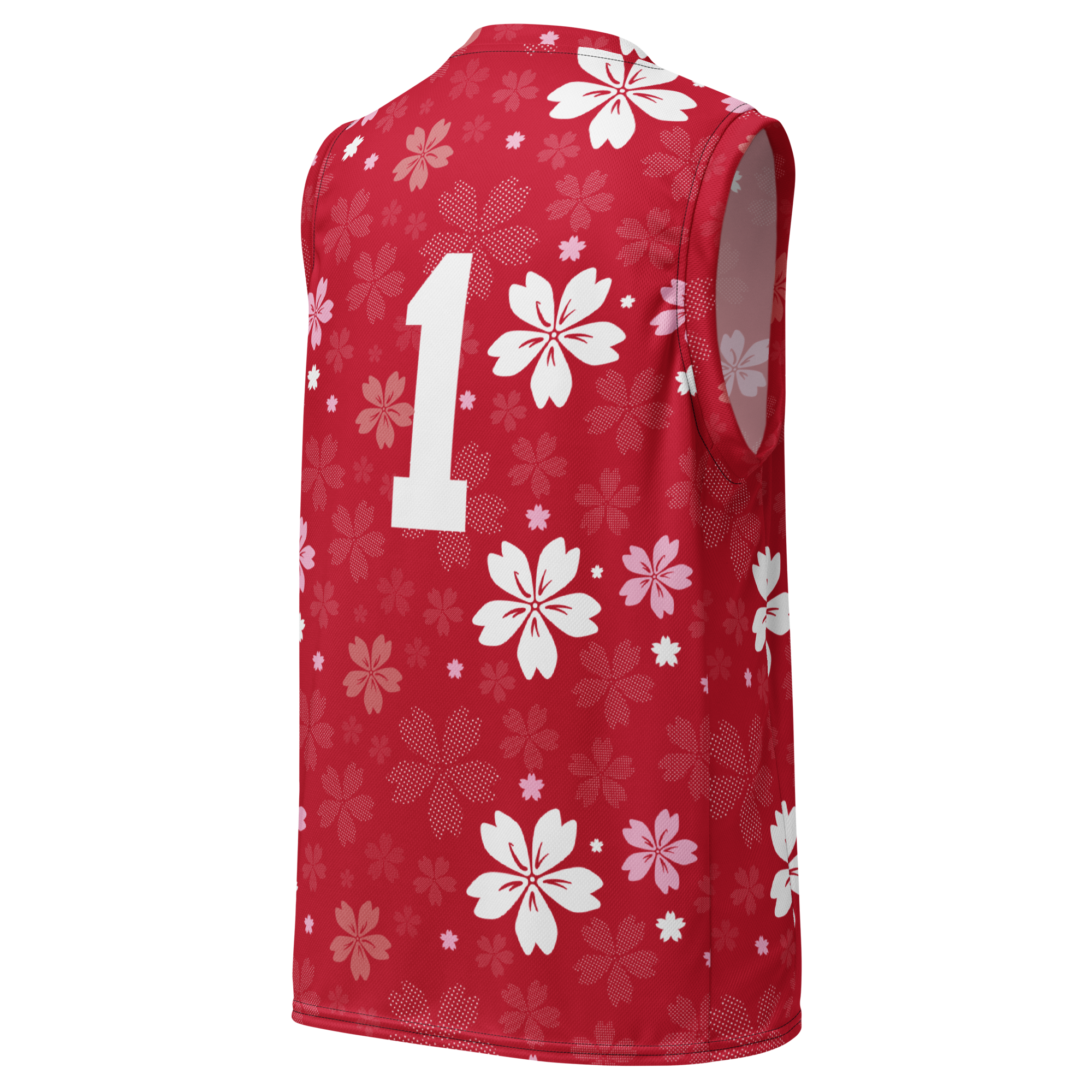
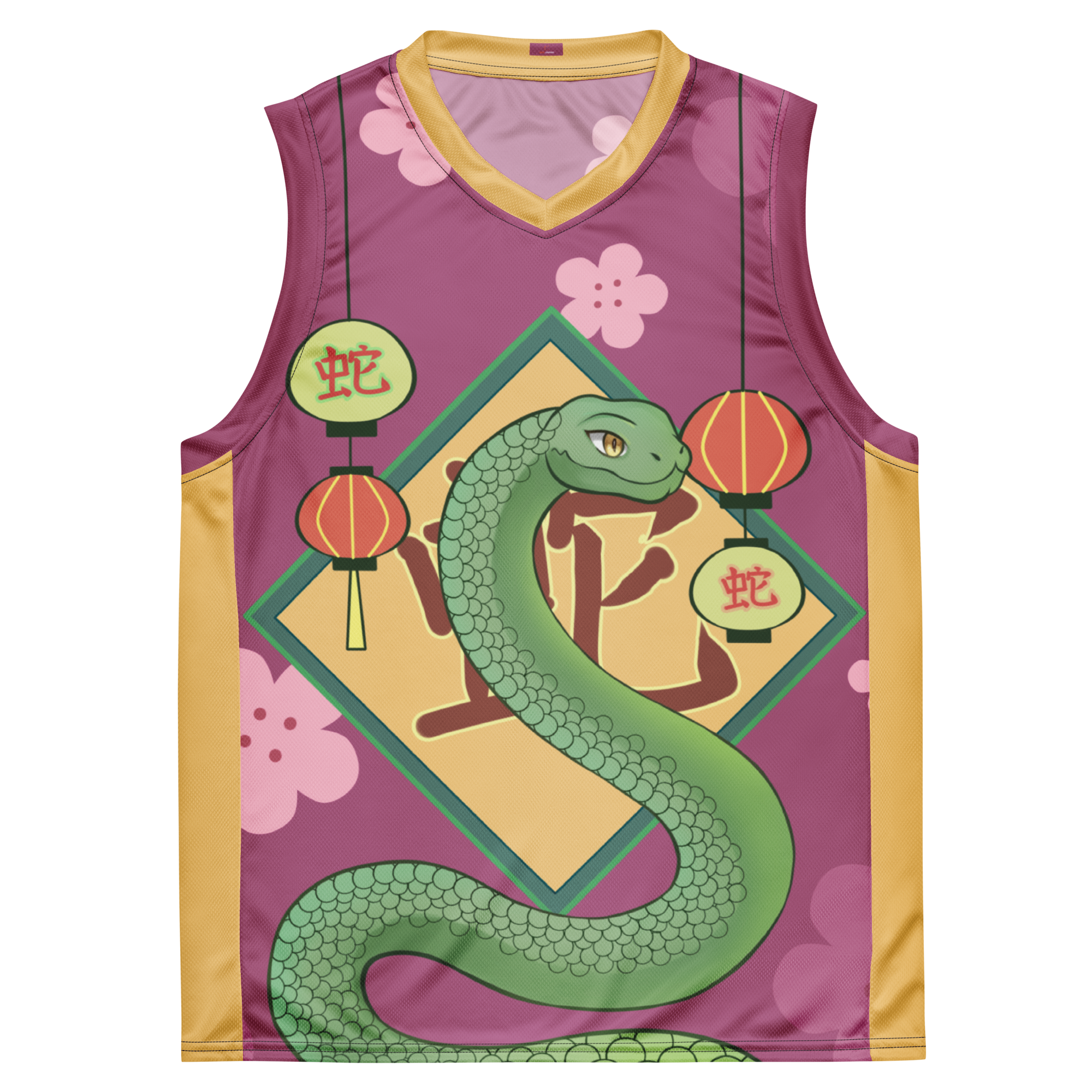
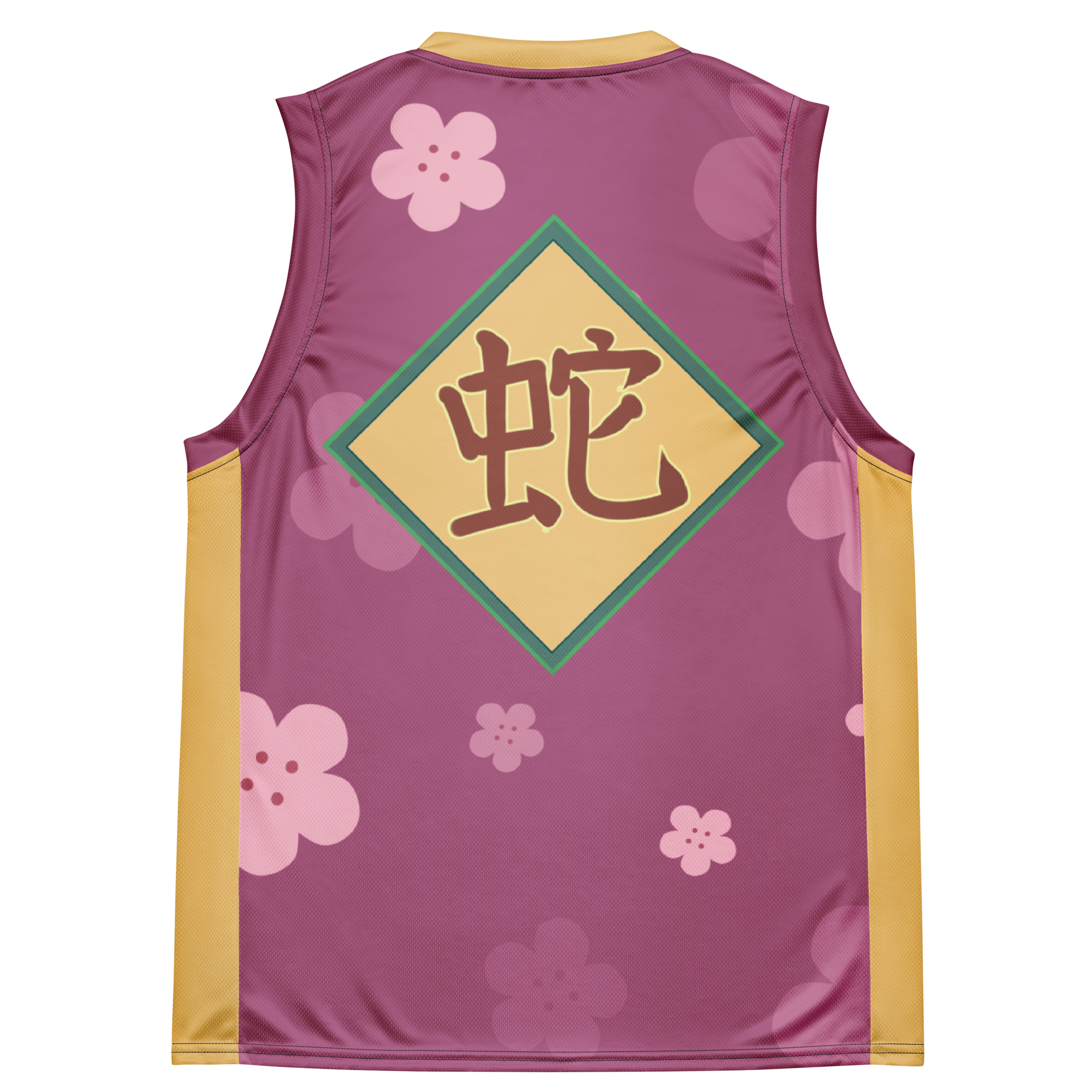
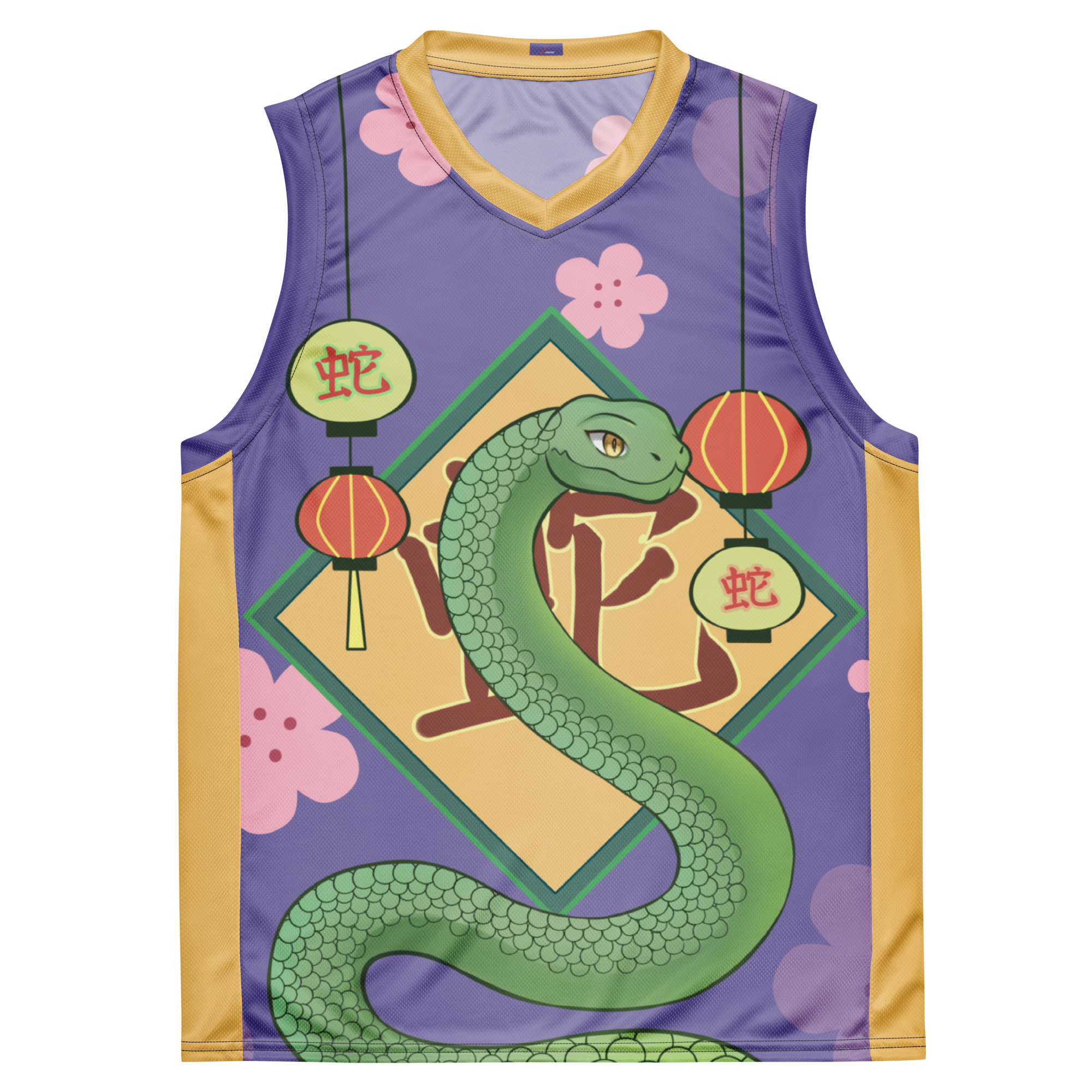
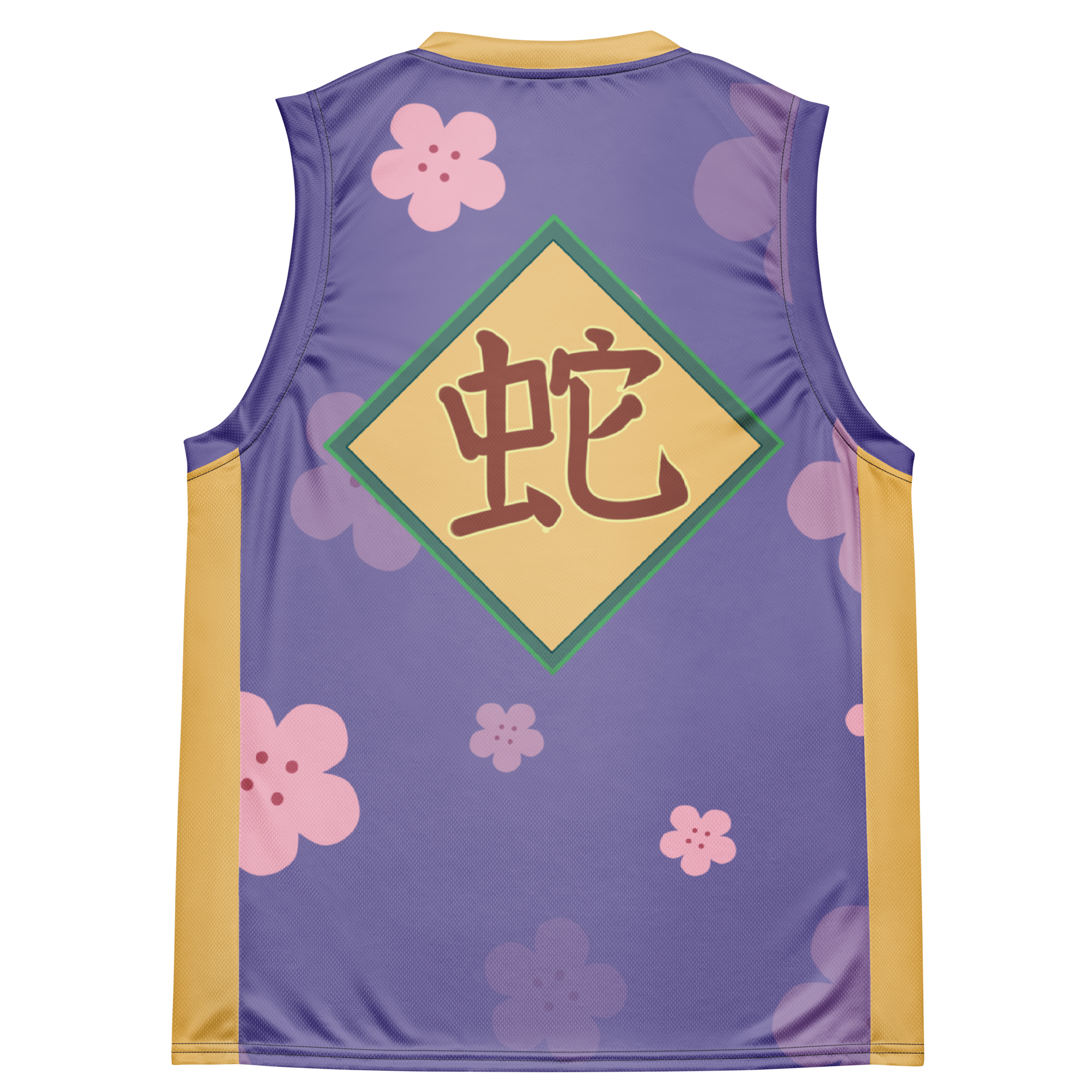
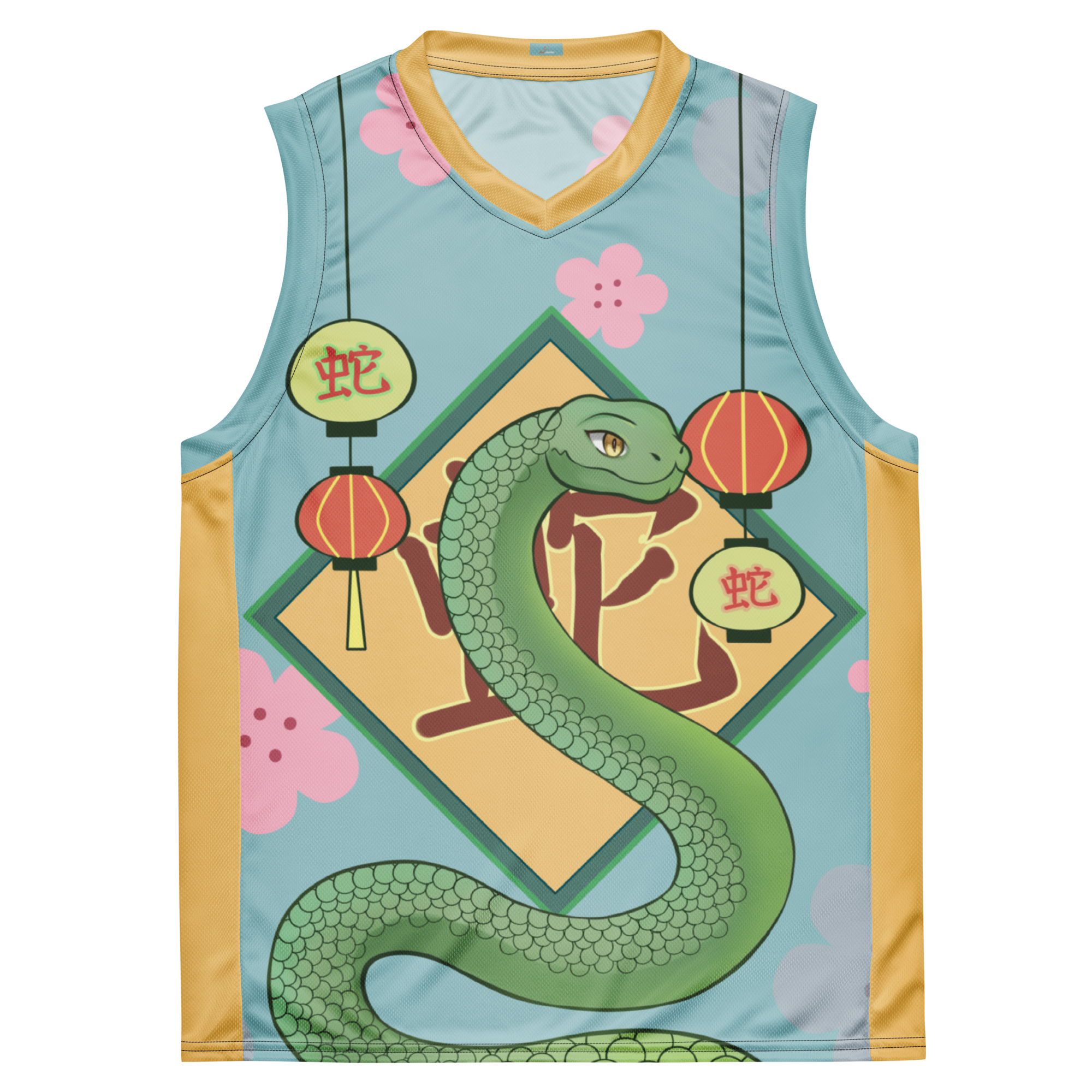
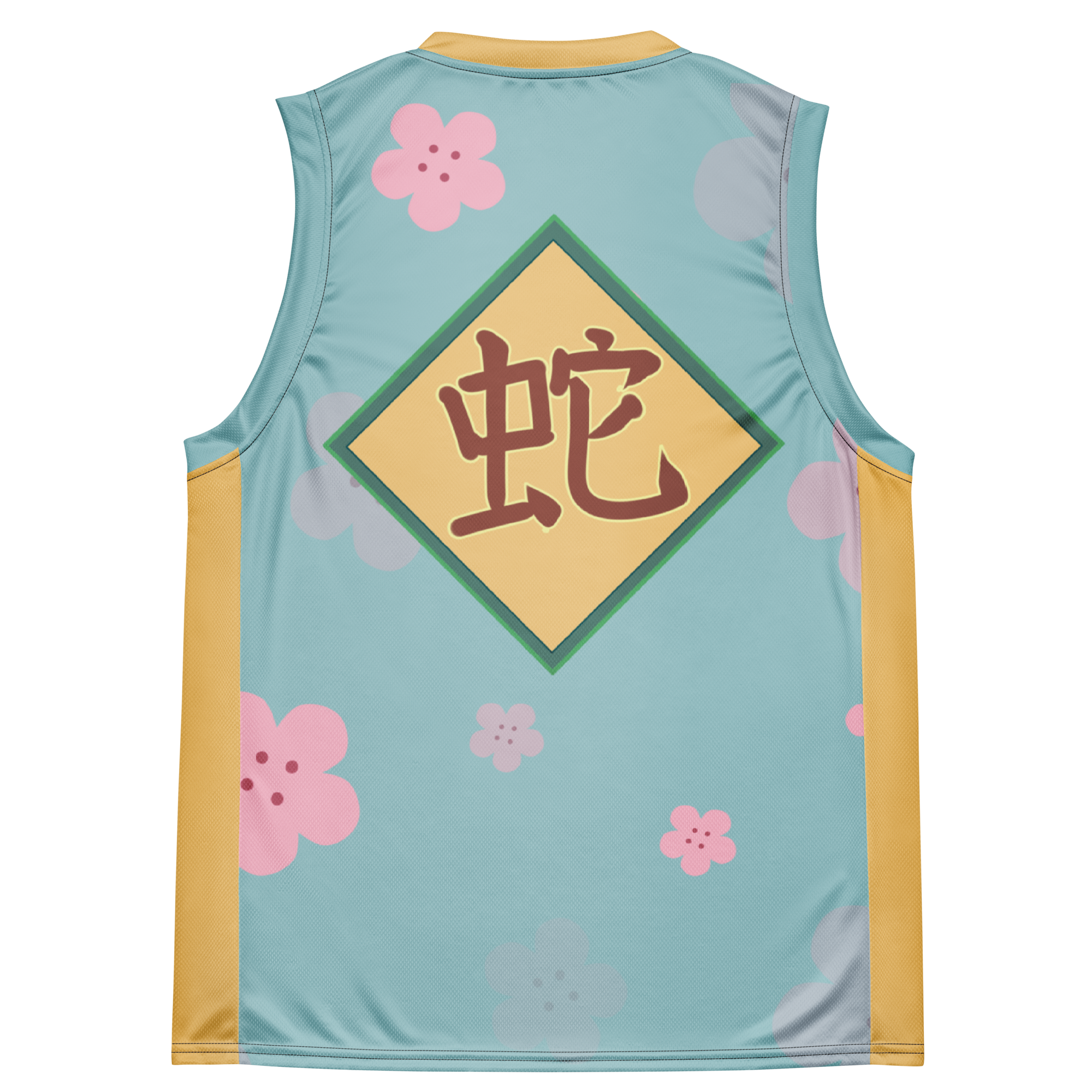


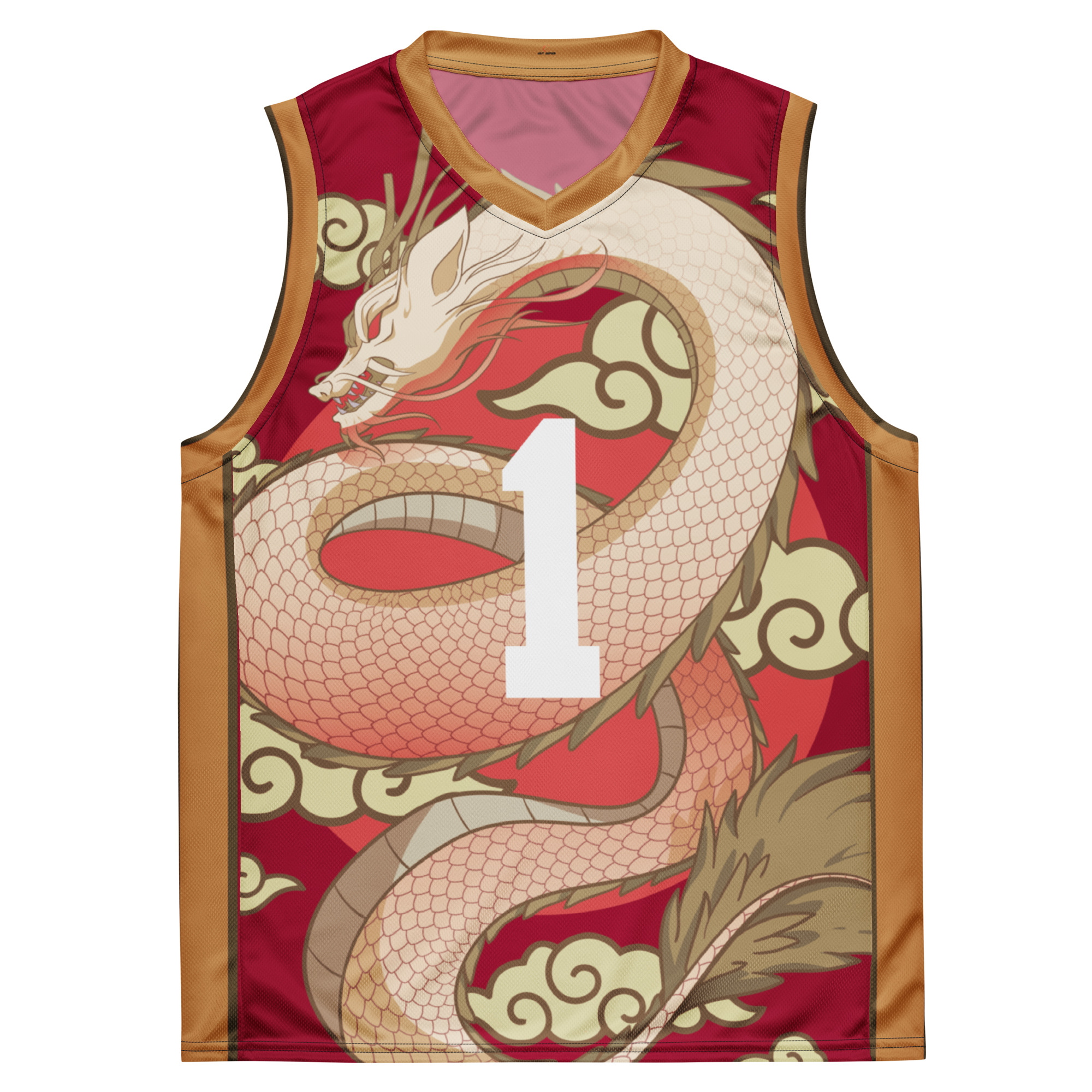
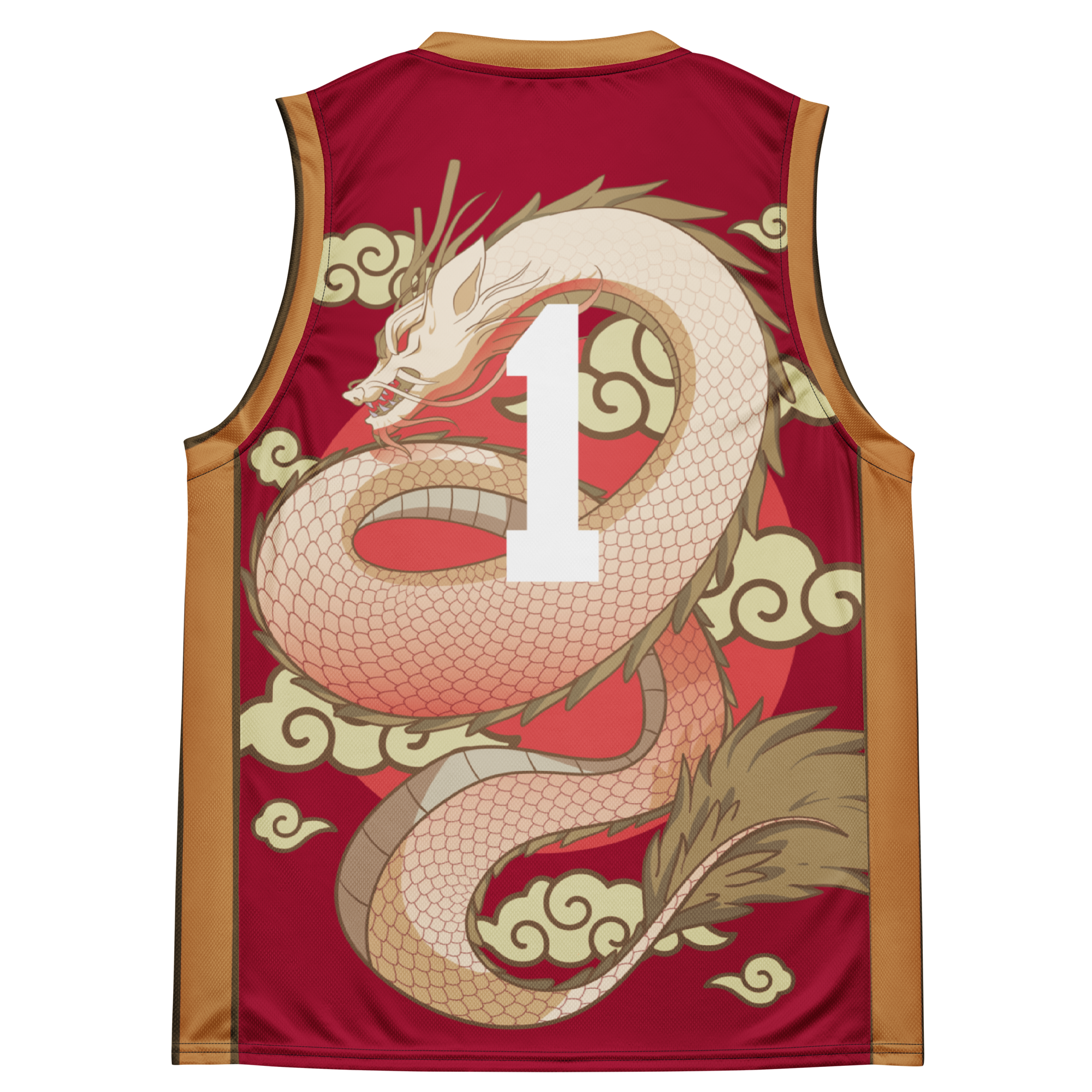
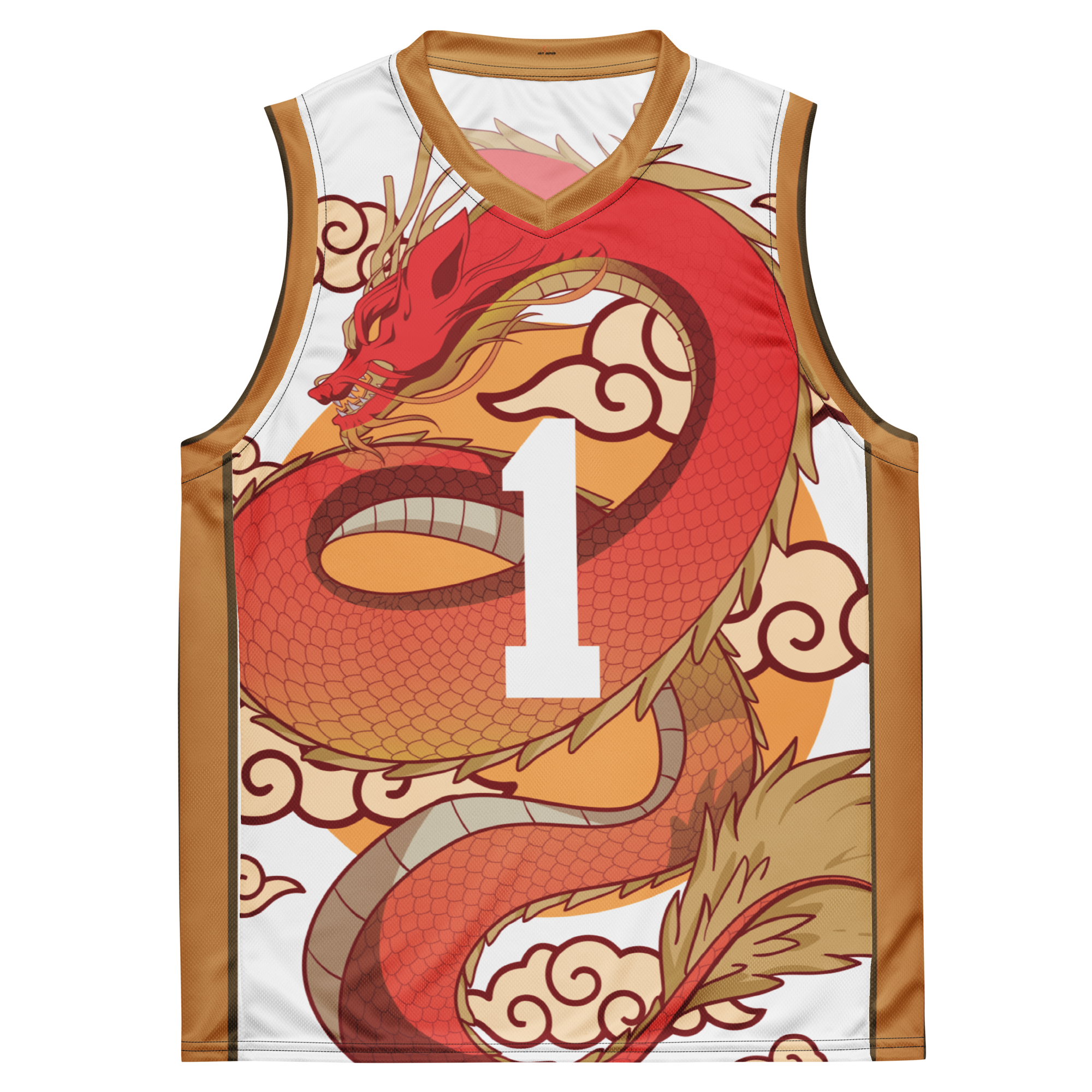
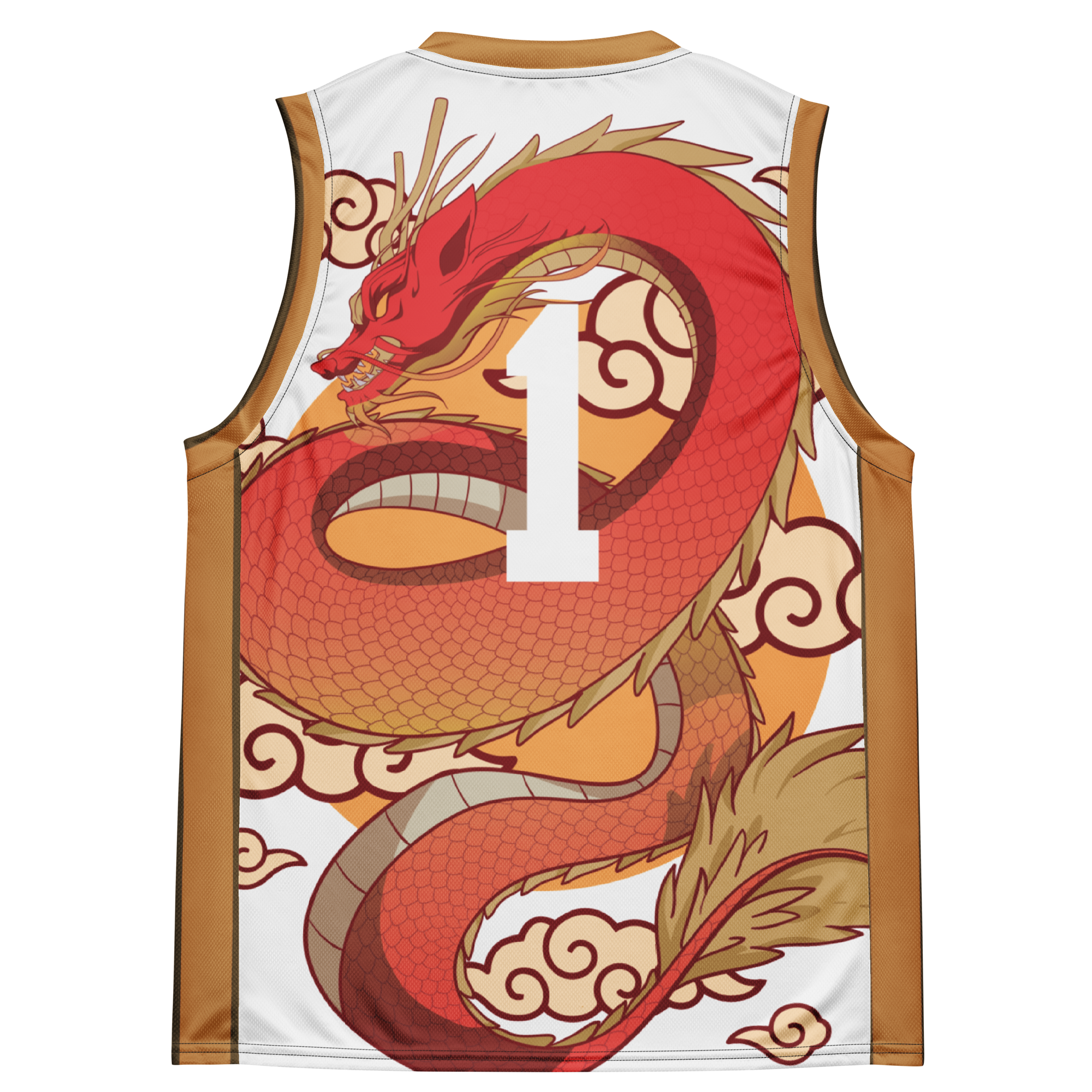








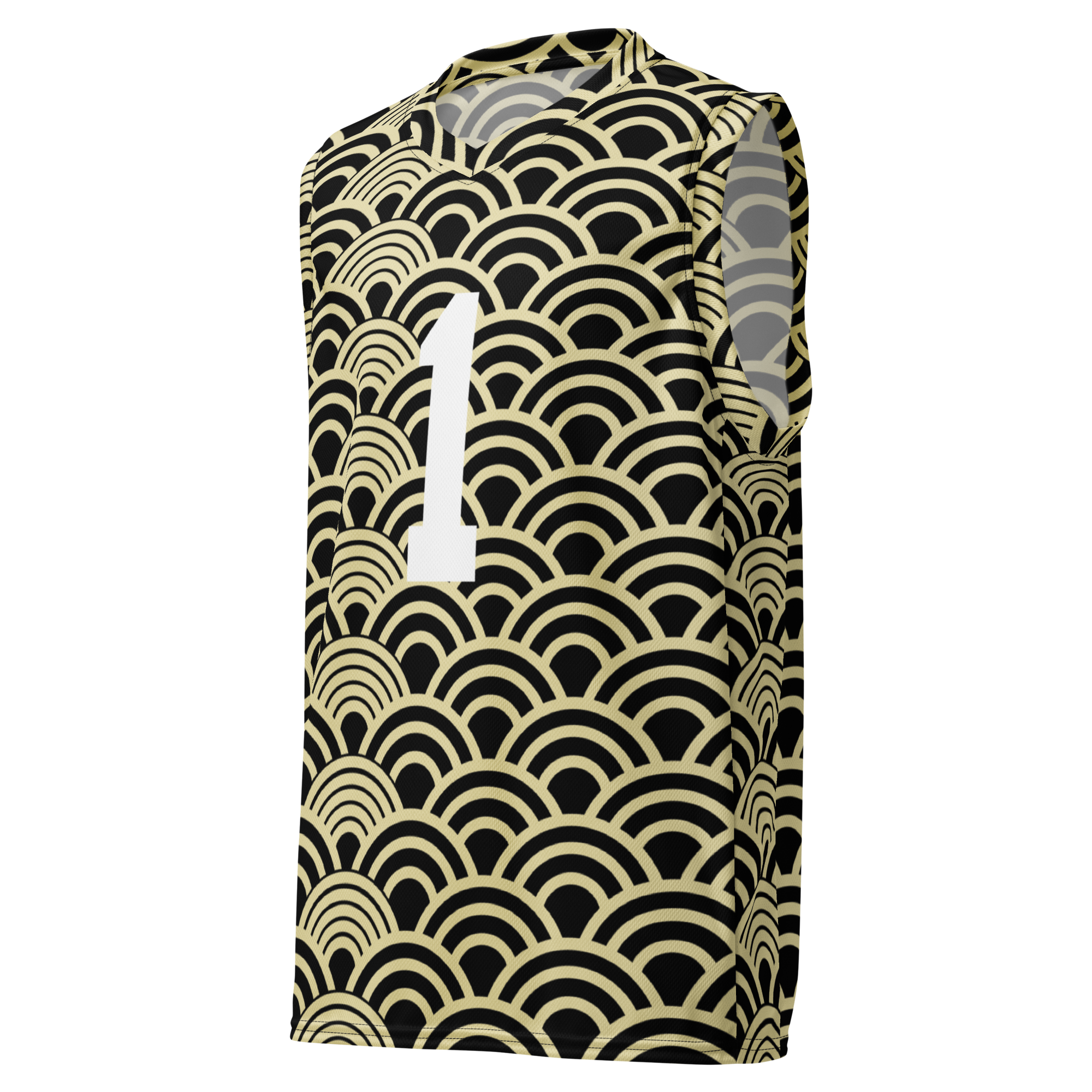
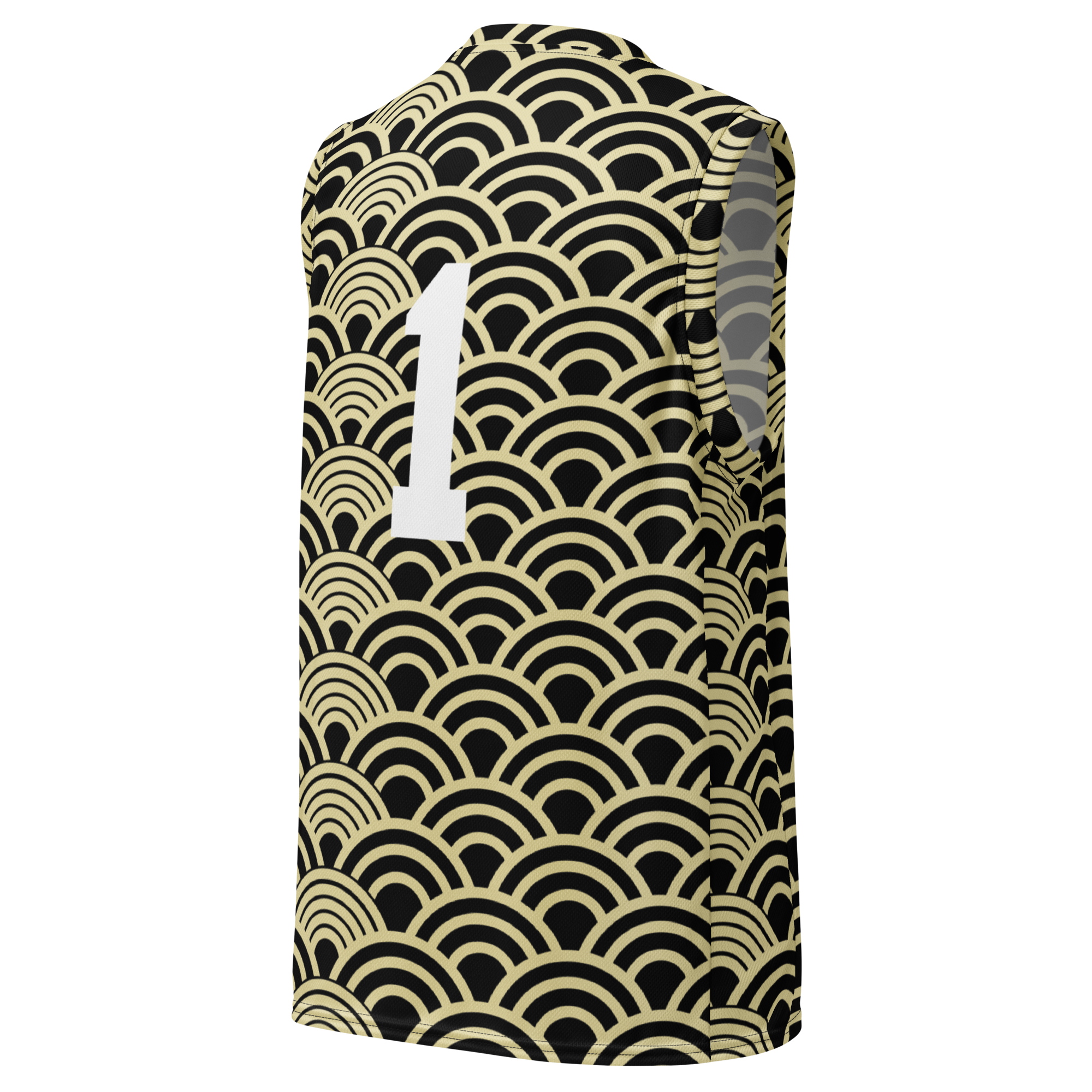
Leave a comment